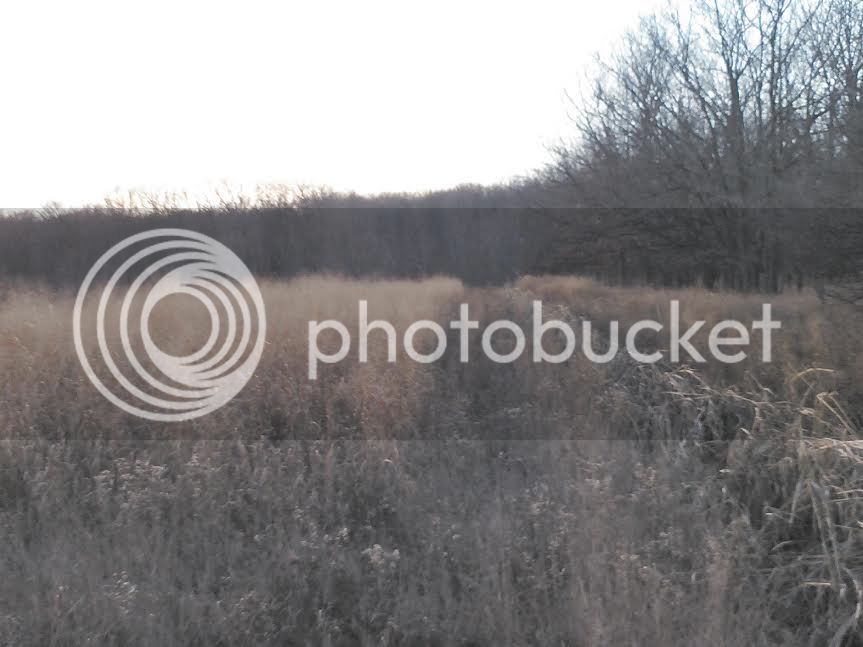Here's Paul's (LC or DBLTree) recommendations on planting switch.
Quick Guide to switchgrass establishment:
Kill cool season grasses the year before by mowing in early August and spraying with 41% glyphosate in late August thru October and add 2 ounces of Oust XP and one quart crop oil concentrate for added residual control. Re-spray any remaining re-growth in late September after remaining fescue seeds have time to germinate.
Keystone Pest is a source for generic Oust XP (SFM 75)
Planting RR soybeans the spring prior is the perfect way to prepare for switchgrass
Frost or dormant seed switchgrass late December thru March with late January to mid February being the most effective time period. Broadcast or drill on frozen soils at 5-10#'s per acre.
Cave In Rock is a preferred variety for whitetail cover (in midwest) because it is tall and thick cover that stands up better in winter.
Osenbaugh’s Prairie Seed Farms is a top quality source where you can also get personal service and answers to questions.
Spray glyphosate and atrazine by late April using 1 quart gly and 2 1/2 quarts atrazine on light soils, 4-5 quarts atrazine on heavy soils or a combination of atrazine and simazine. If weed growth is not present then adding gly is unnecessary, using Oust the fall before usually negates the need for gly in the spring.
Mowing may be required if any weed growth persists but keep mower raised 8-12" above the ground or it can damage or kill young switch seedlings.






